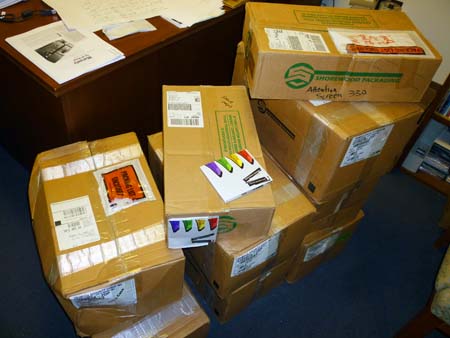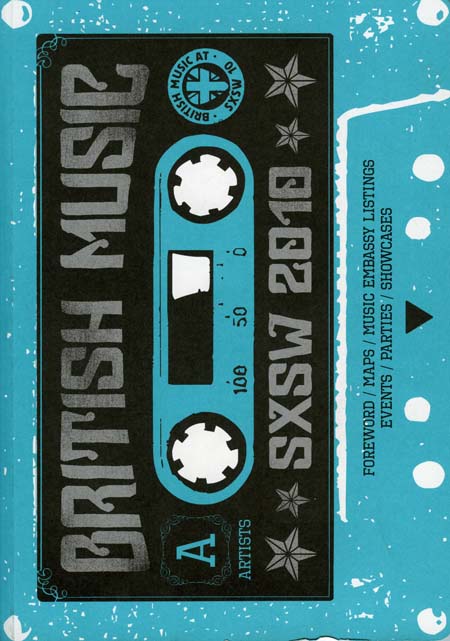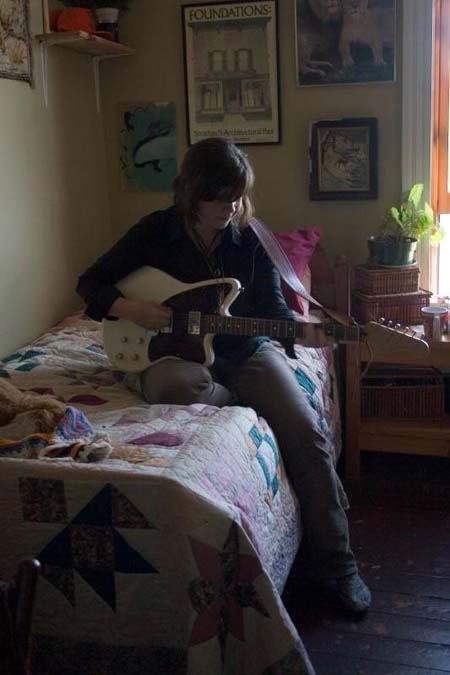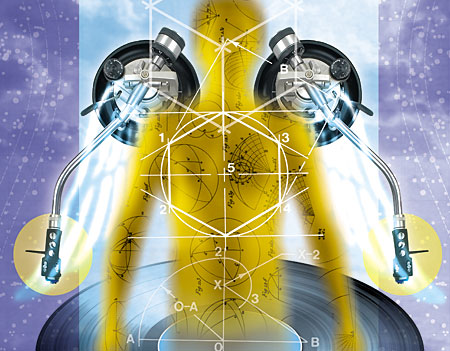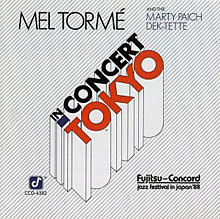LATEST ADDITIONS
What is the source component you use most in your home system?
As we transition from one format to another, some components hang on as our main source of music. What is the source component you use most in your home system?
The 1986 Winter CES
I always enjoy CES. Like the Big Apple, or the City of Angels, the Consumer Elecronics Show is stimulatingly frenetic and enjoyably fatiguing—things that would soon put me in the funny farm if I lived with them year 'round, but can easily cope with twice a year. In fact, attending CES is rather like visiting the city of my birth, a place whose culture is one with my own because I grew up there, and where half the pleasure lies in seeing once again those audio people—the Allisons, Marantzes, Frieds, Beveridges, Haflers, and Tuckers—whose durability as friends always reminds me of how rapidly time passes and how little of it we may have left.
Boxes
There is a pile of boxes in my office. Nothing unusual. Boxes are a fundamental aspect of our lives here at <i>Stereophile</i>, a fundamental aspect of the lives of most audiophiles, I imagine. Inside these boxes, however, there are no amplifiers, no loudspeakers, no turntables. These boxes hold the packaging materials for our Attention Screen release, <i><a href="http://www.stereophile.com/musicrecordings/907att/">Live at Merkin Hall</a></i>.
Sprechen Sie Deutsch
German Barbie
British Government Pays to Send Blonde Birds To SXSW
Late on Saturday, the last night of SXSW, I somehow ended up having a pint with a mixed party of American and British band members, only one of whom I knew previously, when suddenly the subject of the British government’s support of the arts came up. Seems these four young lads, and their frontwoman—one stunning fulfillment of my perky blonde English chick singer fantasy (oh my)—hadn’t used their money to come all the way to Texas. No, the government had picked up the tab. The fact that they were vaguely ashamed—because being on the dole is unhip and kind of the opposite of DIY—told me it was true.
Lindsay Dobbin’s Broken Deer
<i>Photo: Karyn Haag</i>
Arc Angles: Optimizing Tonearm Geometry
The Dilemma of Exotica
A persistent complaint from some of our readers concerns our seeming preoccupation with exotic components. (Presumably what they mean are scarce, unusual, or hard-to-find components, because "exotic" really means "from a foreign country," and there is sure as hell nothing hard-to-find about a Panasonic receiver.) "Why," you ask, "do you devote so much space to reports on components we can't buy from our local audio discounter? Why can't we have more reports about products from the old, established, reliable companies like KLH, Harman/Kardon, Electro-Voice and Sansui, whose stuff we can listen to at a local dealer before we commit our hard-earned dollars to a purchase?" One subscriber even cancelled his subscription because of this, claiming that the unavailability of the products we review makes our reports "irrelevant." Well, he had a point, but not a very good one.
Recording of February 1990: In Concert Tokyo
<B>MEL TORMÉ/MARTY PAICH DEK-TETTE: <I>In Concert Tokyo</I></B><BR>
Concord Jazz CJ-382 (LP), CCD-4382 (CD). Hatsuro Takanami, eng.; Carl Jefferson, prod. TTs: 44:15 (LP), 47:17 (CD)

